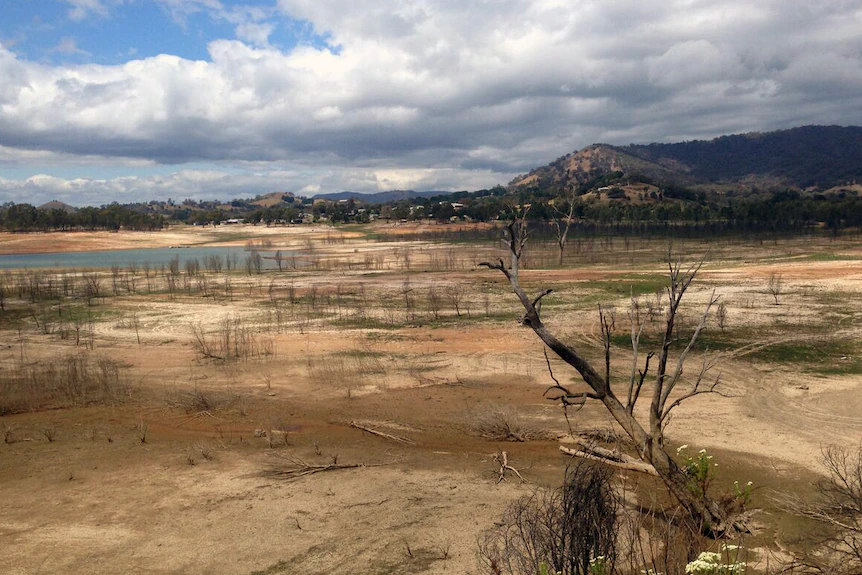The Bureau of Meteorology has warned Australians of an upcoming El Nino weather pattern that could lead to a repeat of the 2019 bushfire season.
The warning has been backed by the World Meteorological Organisation (WMO) Secretary-General Professor Petteri Taalas who has painted a bleak picture for the future of Australia’s upcoming El Nino season.
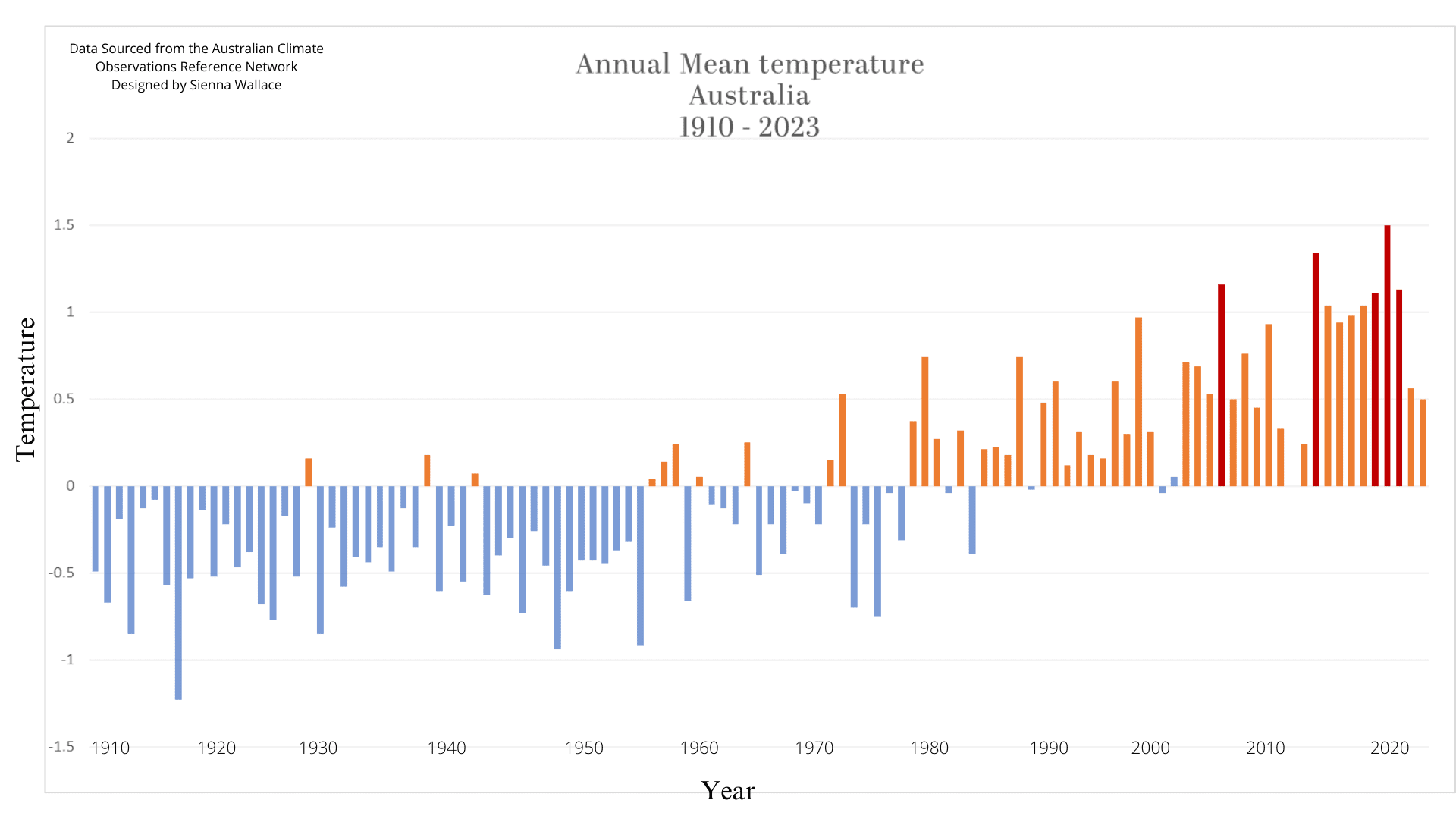
“El Niño is expected to develop in the coming months, and this will combine with human-induced climate change to push global temperatures into uncharted territory,” Prof. Taalas said.
“This will have far-reaching repercussions for health, food security, water management and the environment in Australia.”
The report released on Wednesday forecasted a rapidly approaching El Nino weather pattern that could push Earth’s surface past the 1.5 degree Celsius of warming.
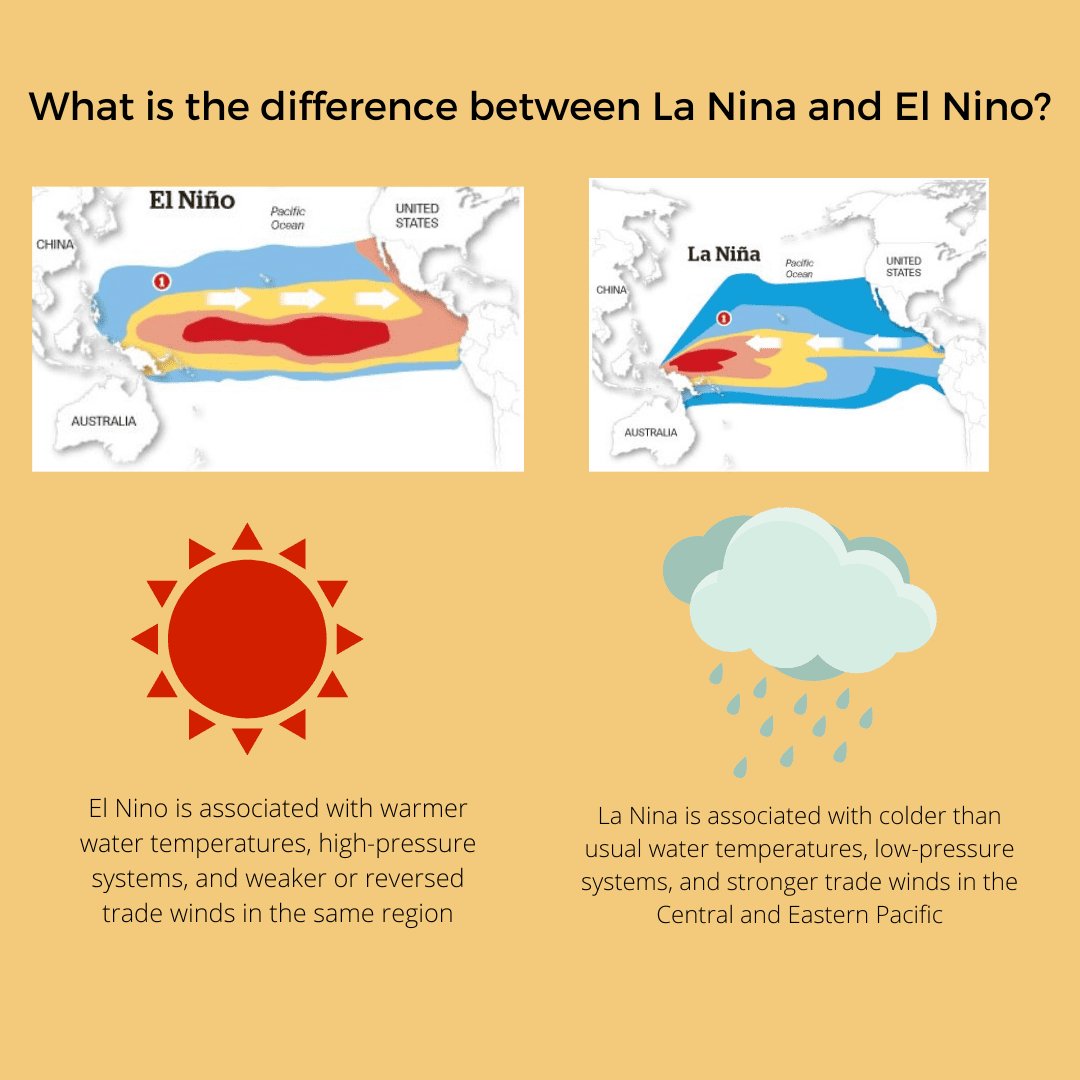
There is a 98 per cent chance of the El Nino cycle being the warmest ever recorded, and a 55 per cent chance of it being severe. This severity has moved up 15 per cent in the last month.
The Bureau’s meteorologists have noticed the early changeover in the climate pattern (the El Nino-southern oscillation cycle), placing Australia’s climate status into ‘El Nino Watch’ on May 17.

El Nino is expected to reduce winter and spring rainfall across Eastern Australia this year, causing concern for drought, with heatwaves and bushfires in summer.
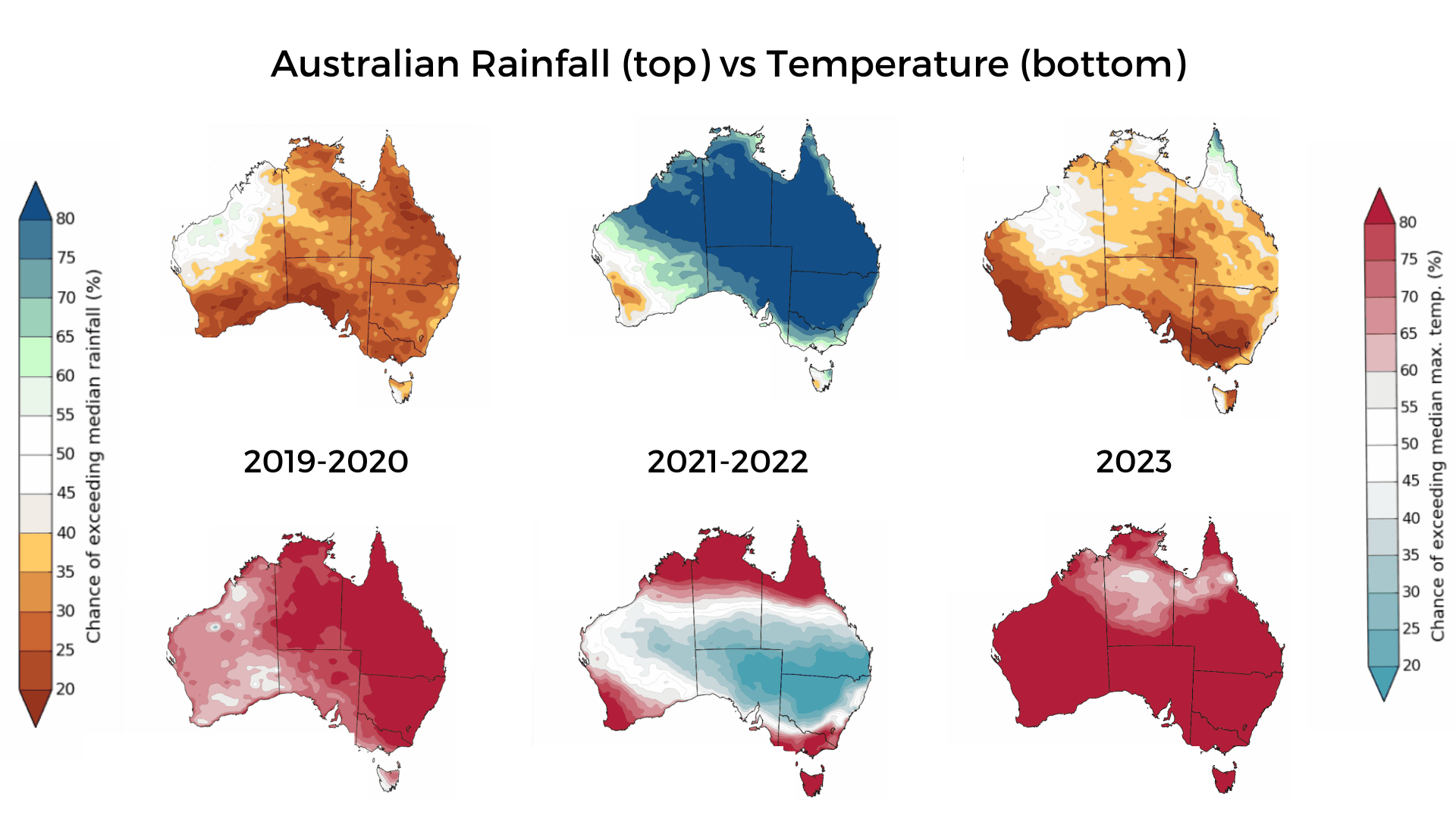
Sourced by The Australian Government of Meteorology
The increased global temperature and potential severe El Nino cycle could cause a devastating coral bleaching event. Even the La Nina cycle that ended in March this year was hot enough to cause mass bleaching along the East Coast.
Climate scientist, Kimberley Reid said she fears a desensitisation to the volume of record-breaking events could mean the end of the Great Barrier Reef.
“My biggest fear is that we become desensitised to the ever-falling records and forget what these numbers actually mean. 1.5 degrees warming means the Great Barrier Reef probably won’t survive this century,” Ms Reid said.
“Given how warm the oceans are already, a developing El Niño would only increase the chance of record-breaking global ocean temperatures which would likely have important ecological consequences, including for fish and corals.
“Global average surface temperatures have never breached the 1.5 degree Celsius threshold. The highest average in previous years was 1.28 degree Celsius above pre-industrial levels,” she said.
The average rainfall in Australia has lessened by 40 per cent during the months from April to October in recent decades. This decrease in rain precipitation responds to the rapidly heating earth and more severe El Nino weather patterns.
Future fire risk researcher, Dr Hamish Clarke said the global temperature increase with the potential Severe El Nino threat, creates the perfect recipe for ‘fire weather’.
‘’When it comes to bushfire risk, the news that there is a 98 per cent chance of setting a new global temperature record in the next five years is extremely worrying,” Dr Clarke told ABC News.
“As temperatures continue to rise, there is more chance of them coinciding with droughts and extended dry spells.”
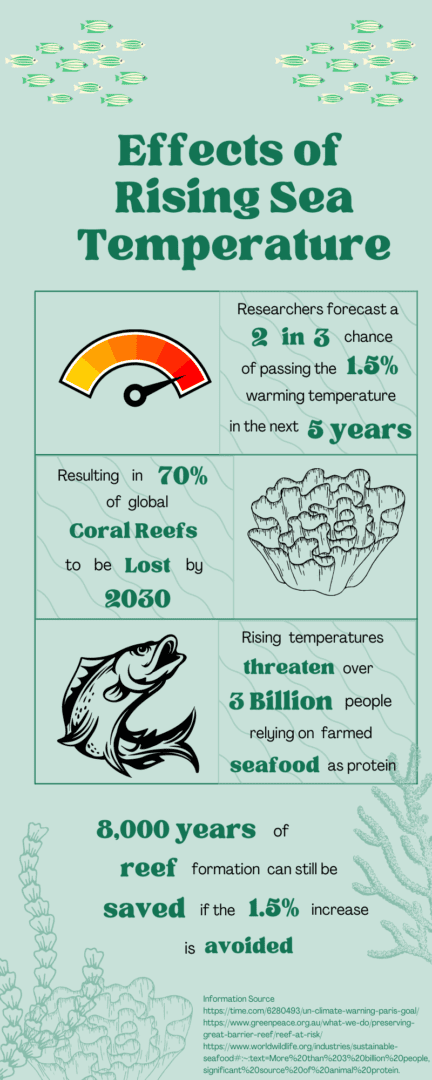
There is still a 5 to 10 per cent chance the event won’t develop; however, the predictability of its potential strength will become clearer in the next few weeks.
Contributors, Bianca White.

